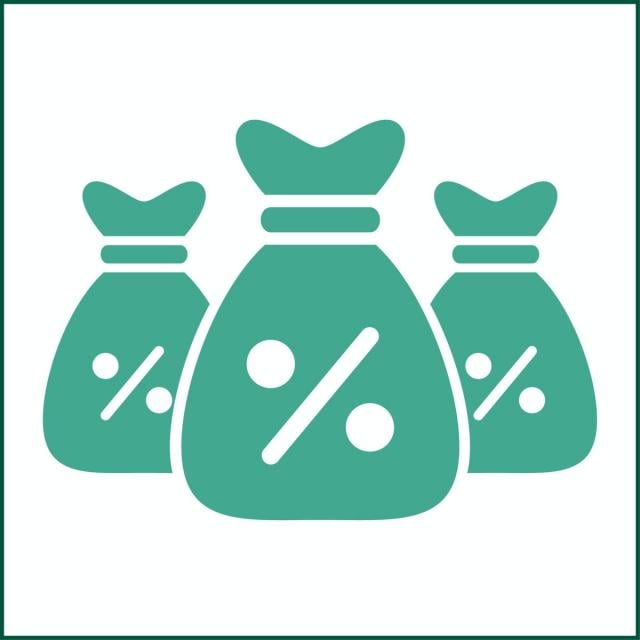MOOC List is learner-supported. When you buy through links on our site, we may earn an affiliate commission.

MOOC List is learner-supported. When you buy through links on our site, we may earn an affiliate commission.
By the end of this course, you’ll be able to:
--Apply knowledge of basic economics to make better pricing decisions
--Recognize opportunities for price discrimination—selling the same product at different prices to different buyers—and recommend strategies to maximize sales and profits
--Calculate three types of price elasticities to determine the impact of price on demand
--Analyze and apply different pricing models
-Cost-plus pricing
-Marginal cost-plus pricing
-Peak-load pricing
-Index-based pricing
--Evaluate the impact of channel intermediaries and customer lifetime value on pricing
Course 1 of 4 in the Pricing Strategy Optimization Specialization.
What You Will Learn:
- How to apply knowledge of basic economics to make better pricing decisions
- How to recognize opportunities for price discrimination and recommend strategies to maximize sales and profits
- How to calculate three types of price elasticities to determine the impact of price on demand
- How to analyze and apply different pricing models, including: cost-plus pricing, marginal cost-plus pricing, peak-load pricing, index-based pricing.
Syllabus
WEEK 1
Pricing Fundamentals
Welcome to the first week of Cost and Economics in Pricing Strategy course! We'll begin our study of pricing by looking at some basic economic principles relevant to pricing, such as cost and cost variations and what that implies about the supply curve. Then we'll take a closer look at one pricing mechanism: auctions. You will never look at eBay the same!
WEEK 2
Price Discrimination
This week we'll tackle three areas that will help you improve the effectiveness of your pricing strategy. First, we'll take a look at price discrimination and how to set prices for different customer segments to maximize profits. You'll learn about the price and margin waterfall and how creating one for your business can help identify "leaks" that you can prevent. Then we'll examine volume-based pricing, or pricing differently for different volumes to encourage consumption, of a consumer product: Heinz Ketchup. When we're done, you'll be very aware of the impact package size has on your own consumption--and how to use this knowledge to price products.
WEEK 3
Common Pricing Metrics: Elasticities
This week we'll dive deep into the world of demand modeling. We'll start with a brief overview of regressions--what they are, why they're useful and how to calculate them using Excel. Then you'll get a chance to use regressions as you learn about three types of elasticities--relationships between demand and price or other factors--and the drivers of these elasticities. We'll finish with a price optimization based on demand models--a truly useful method for pricing based on economic factors. By the end of this week, you'll be able to impress your colleagues and friends with your knowledge of mathematical models and how to use them to inform your pricing strategy!
WEEK 4
Channel and Direct-to-Consumer Pricing
Welcome to our final week together in this course! We'll finish by discussing key concepts related to channel pricing--or pricing through the supply chain. You'll learn about double-marginalization, time value of money, and customer lifetime value (CLV)--not only what they are, but how to use them to improve pricing decisions. Then we'll show you three different pricing techniques that you can use to improve direct-to-consumer pricing. You'll finish with a real-world case analysis of Retail Relay, an online grocery ordering and delivery service. You'll be able to recommend a viable approach to their pricing dilemma based on knowledge from this course. Enjoy!
MOOC List is learner-supported. When you buy through links on our site, we may earn an affiliate commission.
MOOC List is learner-supported. When you buy through links on our site, we may earn an affiliate commission.
